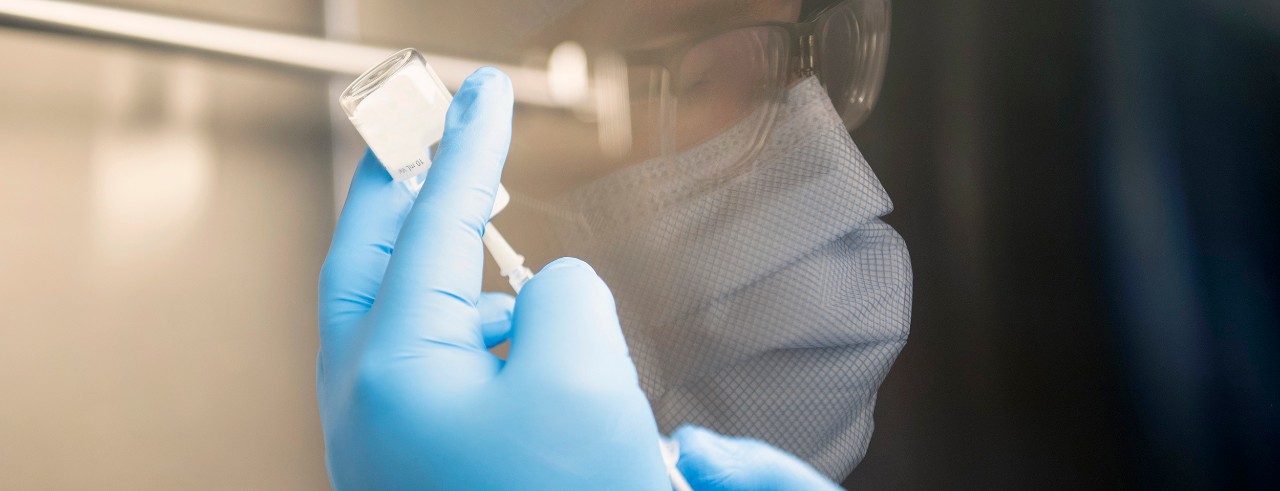
Wall Street Journal: The human and physical logistics behind COVID vaccine rollouts
UC emergency medicine expert shares insight on how COVID-19 vaccines will be distributed
As states and hospitals in the United States race to roll out the first COVID-19 vaccines, the Wall Street Journal talked to a hospital administrator and immunization expert about the logistical challenges involved in this first phase of the vaccination process.

Dustin Calhoun, MD, of the Department of Emergency Medicine at the UC College of Medicine. Photo/Colleen Kelley/ UC Creative + Brand
University of Cincinnati Medical Center will be one of the locations distributing the Pfizer COVID-19 vaccine. Dustin Calhoun, MD, in the Department of Emergency Medicine at the UC College of Medicine, says in Ohio, the vaccine will be distributed in lots of 975 doses.
"The prepositioning sites will probably be receiving one package each initially, and then significantly larger amounts flowing after that," says Calhoun. "Any facility that needs a smaller amount than the 975 of the Pfizer vaccine, will be receiving it after it is re-processed through the state of Ohio into smaller lots of about 100 doses."
Calhoun says the initial rollout of the vaccine to frontline health care workers will help guide the process of giving it to the general population once the vaccine is more widely available.
Watch the full video report here.
Next Lives Here
The University of Cincinnati is classified as a Research 1 institution by the Carnegie Commission and is ranked in the National Science Foundation's Top-35 public research universities. UC's medical, graduate and undergraduate students and faculty investigate problems and innovate solutions with real-world impact. Next Lives Here.
Related Stories
How aerospace is turning to trustworthy AI
January 6, 2026
UC College of Engineering and Applied Science graduate Lynn Pickering talks to the Ohio Federal Research Network about her research into artificial intelligence and the future of AI in aerospace engineering.
Chris Higgins named UC Foundation Vice President for Development, Academic Health Enterprise
January 6, 2026
The University of Cincinnati Foundation is pleased to welcome Chris Higgins as the new Vice President for Development, Academic Health Enterprise.
UC's art collection on display at the Contemporary Arts Center
January 5, 2026
University of Cincinnati leaders joined WVXU's Cincinnati Edition to talk about the university’s 200-year-old art collection, a new exhibition at the Contemporary Arts Center and the release of a companion book exploring the collection’s role in education and public engagement.
